Hoping to reclaim a flat belly after 40? The key to success when it comes to achieving your weight loss goals is twofold. First off, you need a solid plan that will yield results; second, you need to be consistent about following the plan.
Turning 40 is a milestone, and it typically brings on many changes. When it comes to your body, chances are at least some of that change is happening in your abdominal region. It’s so common to gain excess girth around your waistline, and unfortunately, it can be quite challenging to lose. Not only is an enlarged belly frustrating, but it can also be very unhealthy. Carrying around too much belly fat may put you at risk of many serious health complications, such as diabetes, heart disease, high blood pressure, increased risk of stroke, and more. The good news is, you’re on the right track in wanting to take the first step.
The road to losing belly fat is not a quick and easy one, but you’ll be so glad you decided to take the journey. You will look better, feel better, and develop some stellar habits that can last a lifetime. So keep reading to learn what the experts have to say about the best ways to get a flat belly after 40. And when you’re finished, don’t miss these 10 Exercises for a Lean & Tight Waist in Your 30s.
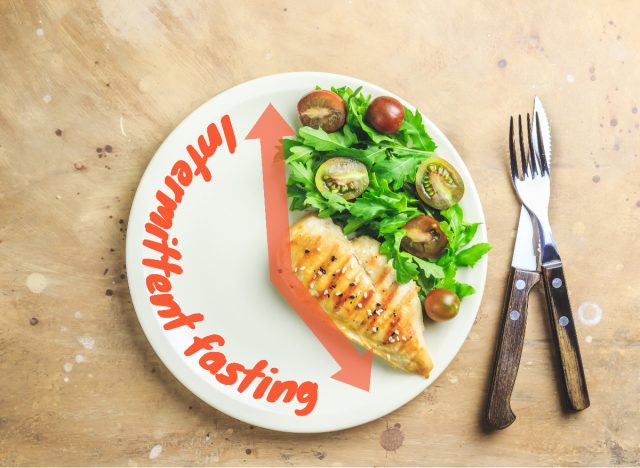
There’s a reason why so many people swear by intermittent fasting to shed weight. The idea of this diet is to plan your meals within a certain timeframe, so it’s less about what you eat and more about when you eat it. Amy Shapiro, MS, RD, CDN—the founder and director of Real Nutrition, a New York City-based private practice dedicated to healthfully and successfully guiding clients to their optimal nutrition, weight, and overall wellness—recommends fasting for 12 hours between dinner and breakfast. So if you eat dinner at 7 p.m., you’d fast until 7 a.m. the next day. This fasting period can be instrumental in reducing your belly fat.
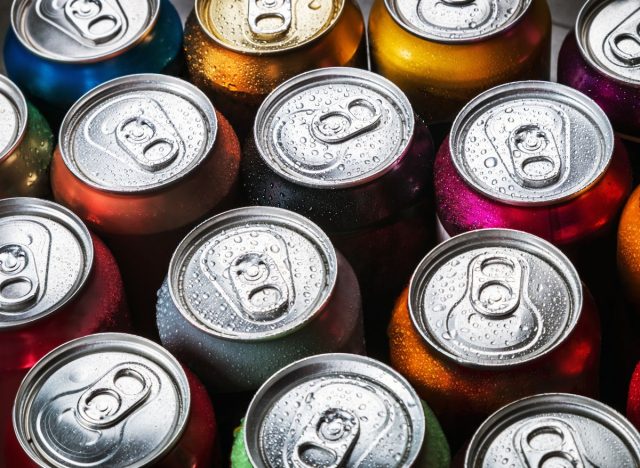
There’s a good chance you have too much sugar in your diet. “Sugar over 40 can lead to blood sugar spikes and increase weight gain around your midsection,” Shapiro explains.
Of course, indulging in sweet treats in moderation is key. The more sugar you forego, the sooner you will see results. (We’re talking about you, soda, baked goods, candy, and ice cream!) The American Heart Association (AHA) recommends no more than nine teaspoons (36 grams, or 150 calories) of added sugar daily for men and no more than 6 teaspoons (25 grams, or 100 calories) daily for women. And as the AHA points out, that adds up a lot faster than you might think: A single 12-ounce can of Coca-Cola contains a cringe-inducing 39 grams of sugar.
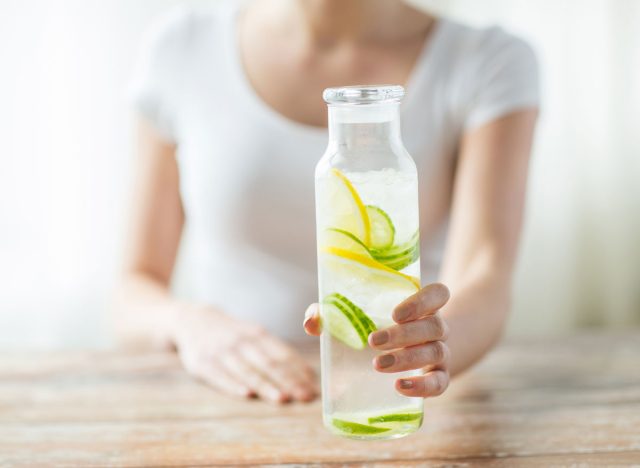
Shapiro suggests shooting for half of your body weight in ounces each day, or at least 80 to 100 ounces of H2O. She explains, “This will help to prevent bloating and will maintain regularity which will help with a flat belly. It also supports a healthy metabolism.”
It might seem like a lot at first, but you’ll get used to it! Plus, getting your fill of H2O will help lower your appetite and torch more calories. Research even directly links drinking more water to weight loss. If drinking regular water is too boring for you, consider spicing it up by adding fruits, vegetables, herbs, or spices.
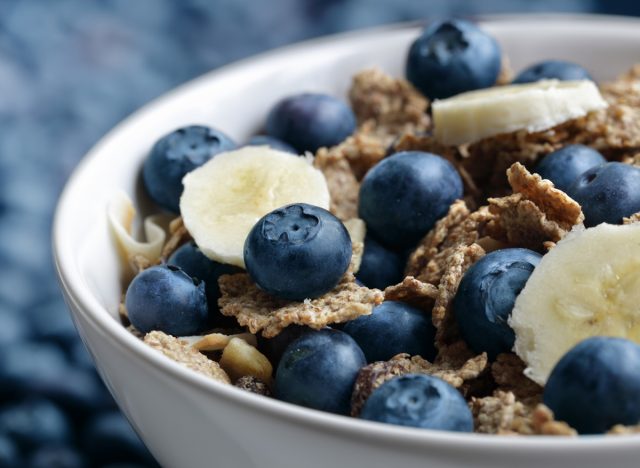
Fiber is crucial whenever you’re looking to lose weight and stay regular. It helps with digestion and keeps you fuller for a longer period of time when you have it with water. Shapiro suggests aiming for 25 to 30 grams of fiber in your meals each day. “This will help to decrease belly fat and bloating as fiber helps to manage blood sugar levels,” she tells us.
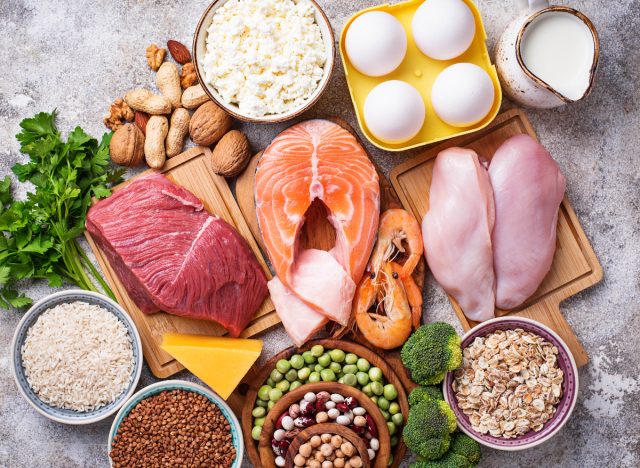
Adding protein to your diet will also help you avoid hunger and cravings while preventing heightened blood sugar. In addition, just like fiber, protein will help you stay fuller for a longer amount of time, therefore leading you to consume fewer calories overall. Protein is essential when it comes to preserving your supply of lean muscle, which is compromised as you grow older. Muscle boosts your metabolism, so maintaining and building on it is essential. Shapiro recommends eating 0.8 to 1 gram per kilogram of your body weight, or 20 to 30 grams for each meal.
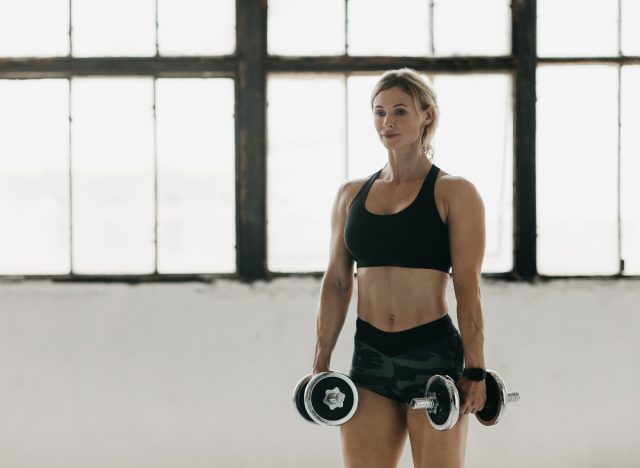
As you age, maintaining muscle is so important, as it torches a greater number of calories when your body’s at rest and keeps your metabolism going strong. “The more muscle mass you have the more calories you burn and the less you’ll store around your middle,” Shapiro explains. “Although you cannot spot train—so just doing crunches won’t get you there—maintaining all-over muscle mass will keep your furnace burning fat all over your body.”
Tyler Read, the founder of PTPioneer.com and a personal trainer who’s been involved in the health and fitness world for the past 15 years, agrees that strength training is the name of the game—specifically exercises that work all of your major muscle groups. He suggests emphasizing core-strengthening moves like bridges, Russian twists, and planks.

Stress can be incredibly harmful to your overall well-being, which includes hindering your weight loss efforts as you age. Experiencing excessive stress can cause your cortisol levels to spike, which in turn can create extra unwanted fat around your midsection. Ways to effectively manage or reduce stress include breathwork, exercise, meditation, yoga, therapy, and surrounding yourself with loved ones.

Some supplements can be helpful in lowering and managing belly fat. For example, berberine—which is being hailed as “nature’s Ozempic”—is an effective supplement if you’re looking to lose weight when combined with balanced, healthy eating habits. You should always speak with a healthcare professional when it comes to the right supplements for you.
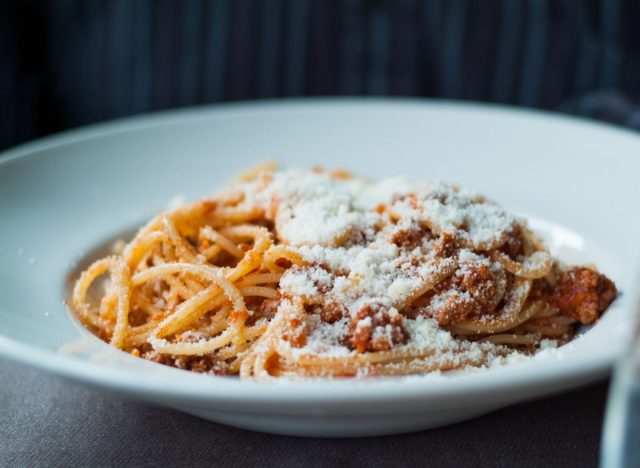
When you eat carbs, Shapiro recommends adding a fat or protein source to make digestion more gradual and avoid spikes in your blood sugar. “Carbs by themselves [aka, ‘naked carbs’] often make us hungry and lead to further cravings,” she explains. “Carbs break down into sugar in our body and if we don’t burn it, we store it. So make sure to eat complex carbs and to pair them with fat or protein to prevent those spikes.”
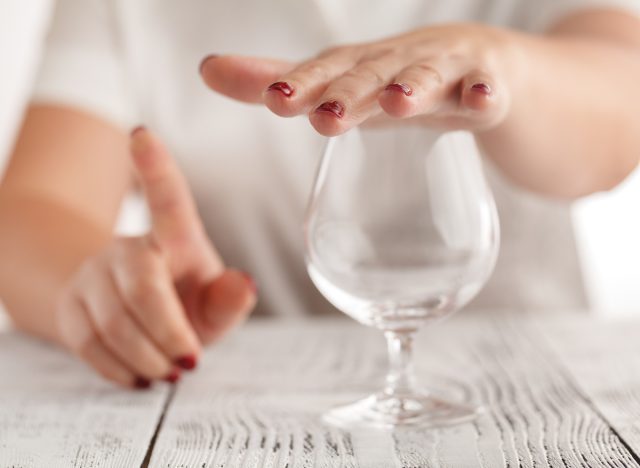
Every alcoholic beverage unfortunately comes with at least some calories, and these calories don’t offer any nutritional value. The more glasses of wine you drink, the quicker those calories can add up. There are other negative aspects of consuming alcohol as well. According to Shapiro, “A few drinks can lead us to make unhealthy food choices in the moment and interrupt our sleep patterns.” She recommends limiting your alcohol consumption to less than five drinks each week. Additionally, consider doing away with sugary mixers and opting for club soda instead.

A positive way to give your belly a workout is to activate your core muscles each day by practicing solid posture. Read advises, “Whether you’re sitting, standing, or walking, think about pulling your belly button toward your spine.” The benefits of good posture go beyond keeping your belly in shape; it also helps you breathe easier, puts less stress on your joints and bones, and keeps your spine and neck in good health.
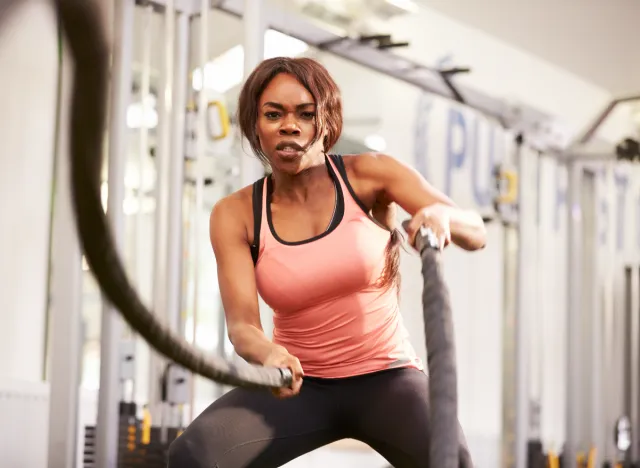
If you’re unfamiliar with high-intensity interval training (HIIT), allow us to clue you in. This form of training brings together short bursts of intense physical activity and quick rest periods or low-intensity exercise. Read specifically recommends adding this kind of exercise to your routine, as it’s “been shown to burn more calories in a shorter time and can also boost metabolism for hours after the workout is done.”

Adding flexibility workouts to your routine will not directly impact your belly, but they are instrumental in keeping your muscles healthy, enhancing your posture, and decreasing tension. All of these things can help your middle appear more toned and fit, Read explains.
For instance, if you want to work on your flexibility, consider yoga. According to Read, “Both yoga and Pilates emphasize core strength, flexibility, and balance. They can be particularly beneficial for engaging and toning the muscles of the abdomen.”
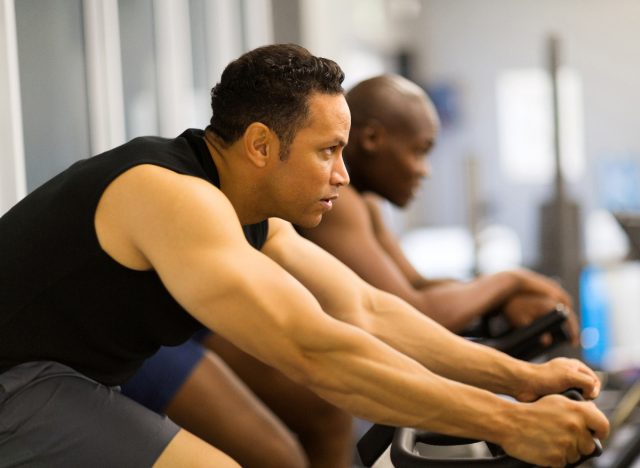
Adding more cardio to your day is not as difficult as you may think—every little bit helps, and running isn’t the only form of cardio. Walking, cycling, jogging, hiking, and swimming are all excellent cardiovascular activities that can help you torch calories and lower your belly fat. Of course, as with any weight loss game plan, it’s all about a healthy balance of strength training and cardio, so don’t skip out on either one!

